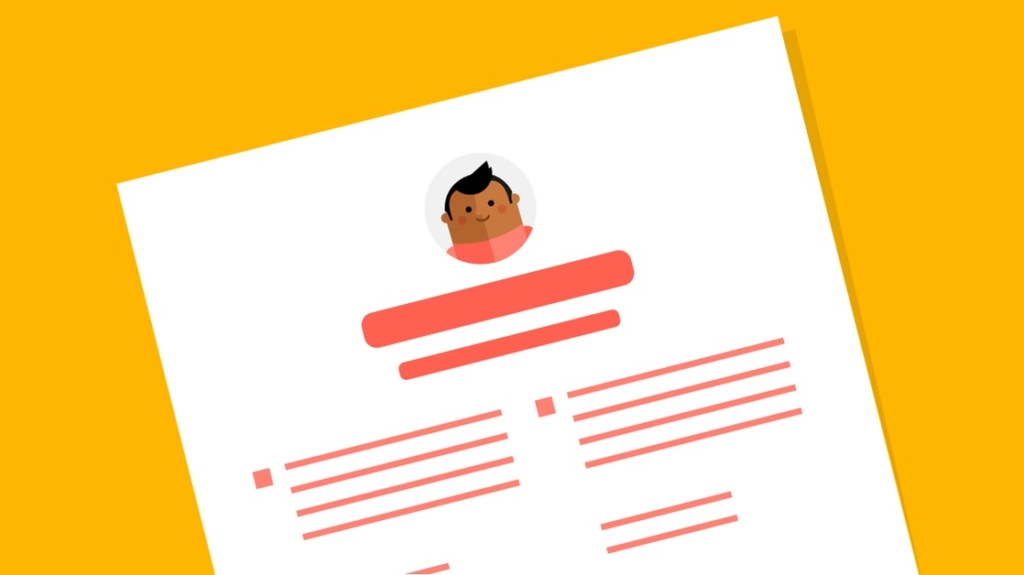Three Reasons to Use a Skills Resume

A little while back, our HR manager hosted a Google Hangout with the Learner Community that discussed the best ways to improve your resume. She took several real (but anonymized) IT resumes and edited them to make them more HR-friendly.
There are plenty of great tips in the long-ish, uncut Hangout, so we pulled a few of her best answers, including a few reasons why someone might want to use a "skills" rather than a "chronological" resume.
Skills-based Resume vs. Chronological Resume
A chronological resume is the most common format. If you want to highlight long, uninterrupted experience in your field or incremental career progression in responsibility and job title, then you will probably want use this format.
Both a chronological and skills resume will list your relevant work experience. The difference is the heading, which will include a summary of qualifications, certifications, and skill sets.
A skills resume puts your certificates and skill sets (both formally trained and self-learned) at the top, above the chronological job history section. It helps HR personnel and, automated systems, quickly scan your resume because they're dedicating at most 30 seconds per resume.
Here's the example of the IT skills resume from the webinar.
Reason 1: Keep Your IT Resume in the "Yes" Pile
Q: How do HR pros know which candidates to recommend to the hiring manager?
A: By the time HR gets the resumes, they've already worked with the hiring manager to determine their ideal criteria for a candidate, which includes education, certifications, years of experience, and keywords. They'll work off that list of keywords, looking for them in the resume. The keywords are the biggest part, so make them apparent. This might be a good place for a skills resume.
Lesson: Take a close look at the job description and tailor your resume to the posting, putting keywords as close to the top as possible.
Reason 2: Explain Your Return to IT
Q: I left IT for a while and then returned. Will HR look at me differently?
A: First, If you have the qualifications, then you have the qualifications. If you're returning to the industry, then you want to show that you're as qualified as any other candidate in the stack. For this reason, you should use a "skills-based" resume.
Use your current certificates as the resume "premiere," or the thing right at top, and highlight the skills that you've acquired, including self-trained skill sets.
Second, don't leave big, non-IT related holes in your resume. Include your former work experience, but keep it brief. Don't bury the all-so-important IT experience. You probably learned a lot while you were away, which brings us to the next section.
Lesson: If you've been out of the game for a while, use a skills-based resume rather than a chronological resume.
Reason 3: Explain Gaps in Employment History
Q: What if I have gaps in my employment history? Are these red flags?
A: This is similar to the issue above, but here are a few extra tips.
Typically, no. There are lots of reasons that people have employment gaps. You should explain them upfront, and then be prepared to talk about them in your interview.
If you have an employment gap in 2008 or 2009 with no explanation, then that's fine. It's not uncommon to see a year-long hole in the chronology of your work experience. Those were a tough couple years for many people.
If you haven't worked since 2009, then that might be fine, too. Maybe you took time to travel, raise a family, care for a relative, or working in another industry (see above). Whatever the reason, just make it known.
This is another situation where you should consider a skills-based resume rather than chronological resume, putting your relevant skill sets and certifications front and center, and briefly explaining them in the cover letter.
In the cover letter, be positive and confident. You probably learned a lot while you were away. How will those skill sets improve you as an IT professional? Don't go overboard though. Make it a sideline rather than a premiere section of your cover letter and resume.
The Next Step: The Interview
Once you get your resume past HR, start preparing for your interview!
In a recent webinar, Ben Finkel shares a few tips about how to make the best possible impression at your next interview. He goes beyond general interview tips, like "sit up straight" or "dress appropriately," and hits the IT-specific questions you need to know.
delivered to your inbox.
By submitting this form you agree to receive marketing emails from CBT Nuggets and that you have read, understood and are able to consent to our privacy policy.